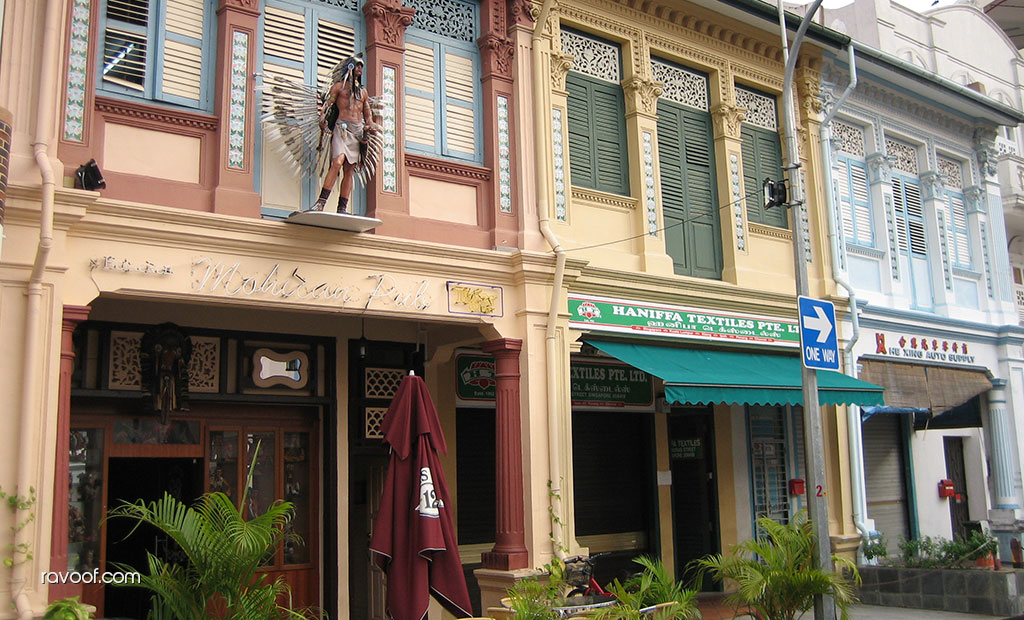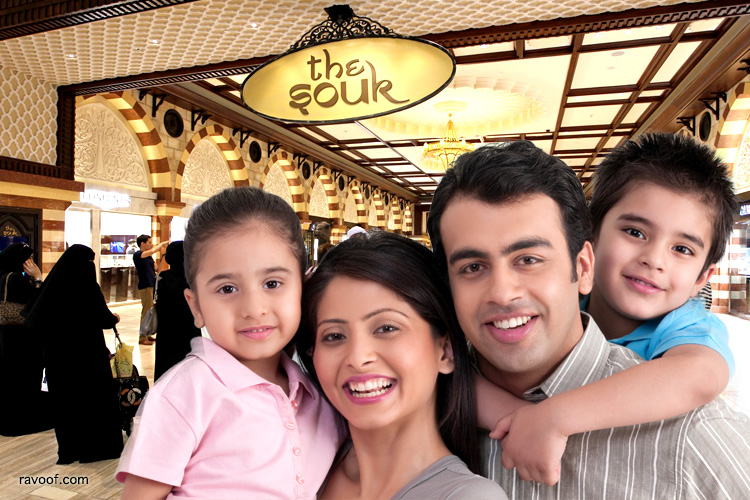The Madras Crocodile Bank was started in a desperate effort to save India’s dwindling crocodilian populations. The Croc Bank remains a world leader in the field of frontline conservation and the preservation of natural landscapes.

Singapore – Madras connection
Madras has been the birth of many cuisines, art, music, entertainment etc., and Singapore has been richly influenced by it. This article by Rupa Gopal for The Hindu has brought out some of the influences of Madras on Singapore. I read it today and just wanted to let others also into the magic of Madras (Chennai).

The early 19th century saw a steady migration from South Indian shores to countries near, and not so near, in Asia. Ceylon, Burma, Malaysia and Singapore were the choice destinations of people from the Coromandel Coast, especially the Tamils. Singapore then was largely undeveloped, quite swamped by marshes. The mid-1800s saw an influx of Tamils from Madras migrate here, to seek and make fortunes. Cattle rearing was a prime occupation in the Indian-occupied Serangoon Road area, as there was plenty of potable water and green grass. Milk was delivered fresh by many Indian milkmen back then. This main road, in 1828, was described as “the road leading across Singapore”, built to link settlements in the town with the Serangoon harbour, thus linking lumber in Pulau Ubin and Johore.
The Indian area had distinctive decorative buildings, called shophouses, built from the 1840s, until the 1960s. Highly ornamented facades were made by the Indian workers, and “Madras chunam” was used to plaster these shophouses. The mix of egg-white, shell, lime, sugar and coconut husk was applied on the walls, and then polished smooth with crystal stones. These buildings have been retained, in the face of modern expansion, in a protected Conservation area as a piece of history and are quite a tourist attraction today.
Early imprints
The first brick kiln in Singapore was established by the Indian Narayana Pillai. In fact, the Veeramakali Amman temple on Serangoon Road, built around 1855, was then called “the temple in the village of lime” due to the number of kilns in the Indian area.
Construction was on a boom, and convict labour was cheap and plentiful. Convicts were sent to Penang, Malacca and Singapore. Indian convicts came from around the Madras region, and records show that in July 1847 there were 1,500 Indian convicts in Singapore. These convicts won the Silver Medal for the quality of their bricks, made under the supervision of a European brick maker, on Serangoon Road. The St. Andrews Church stands strong even today, then built with these bricks. Praise aside, there were also registered complaints about Indian convicts, of “sleeping during working hours, and dancing all night!” The convicts from China had a distinct advantage — if they managed to escape, they disappeared by easily blending into the crowd of local Chinese populace.
With the steady arrival of Tamils, Hindu temples too mushroomed on the island. The Perumal temple on Serangoon Road was built by one Narasingham, in 1885, affluent enough to have bought the needed land from the East India Company.
Madras Street became a permanent nostalgic tie with home, right in the Indian area. Most of the side streets today are full of eateries, vegetable and provision stores, selling all that one could buy in Madras. A “Madras Hotel” too flourishes on Madras Street, beckoning visitors from far and wide. Many inns for backpackers are quite the rage here, easy on the tourist pocket. Beer flows at sundown, and all is merry, with Europeans finding it all charming, and cheap.
Tamil is heard loud and clear, and the Chinese and Malay too are at home here, amidst the Tamils. The savvy Chinese shopkeeper, mostly selling jewellery, has picked up quite a smattering of Tamil, to attract the gold-thirsty Indian customer. Dosai and roti-parata shops cast their spicy aromas in the air, while goodies from Adyar Grand Sweets can be picked up for a price, from a certain provision store in the area. Tamil movies and audio CDs are stacked between fresh flower stalls, natty Tamil men stringing the flowers, flown in daily from Madras and Madurai. The paanwalla does a brisk trade, as does the beeda counter at Komala Vilas restaurant, one of the oldest Tamil eateries in Singapore. Sri Mangalambika, now closed, was a Brahmin meals hotel here, well remembered by old-timers.
Popular fare
The Madras thali is a must in the vegetarian restaurants here, served with Ponni rice, Indian country greens, and typical menus. “Madras curry powder” is sold to curious Europeans who are thrilled by the Indian experience of sights and food, slurping strong degree coffee from tumblers. Shops selling Indian silks and gaudy nylons also stock Madras check lungis, a big import from South India. One thing is for sure — one can hear more dialects of Tamil in Singapore, than in Madras! Construction workers from south Tamil Nadu, cooks from Chettinad and Thanjavur, maids from Madurai and even convent gospel singers from Sivakasi! Madras is alive and flourishing, a permanent link maintained both by the Tamils settled in Singapore, who still think of Madras as home, and by the Tamil workforce in a place away, but so much like home.
The Madras Street and Little India area were once like a thieves’ market, in the 1950s, run by the Chinese, with Indians owning the properties. The wet market existed here, along with many small Indian provision shops. Most of the old folks have now gone, and businesses have changed hands or shut down, with steel and glass structures looming large, dwarfing memories. Immigrant Tamils have made their mark in Singapore, becoming MPs, like N. Karuppiah, from the Farrer Park area in Little India. Today, the Tamil Reform Association maintains traditions, celebrating festivals like Pongal etc.
Plenty of water has flowed along the Singapore River, and many tides have washed over the shores of Tamil Nadu and Singapore, from those early days. Madras is an integral part of Singapore, here to stay, a valuable addition to the economy and social fabric, part and parcel of a vigorous young nation.



I found your site on Google and read a few of your other entires. Nice Stuff. I’m looking forward to reading more from you.
[…] Weblog of Ravoof | it’s time to share! https://www.ravoof.com/2009/08/singapore-madras-connection – view page – cached Madras has been the birth of many cuisines, art, music, entertainment etc., and Singapore has been richly influenced by it. This article by Rupa Gopal for The Hindu has brought out some of the influences of Madras on Singapore. — From the page […]
[…] You find the original post here https://www.ravoof.com/2009/ … […]
Thanks for u r information